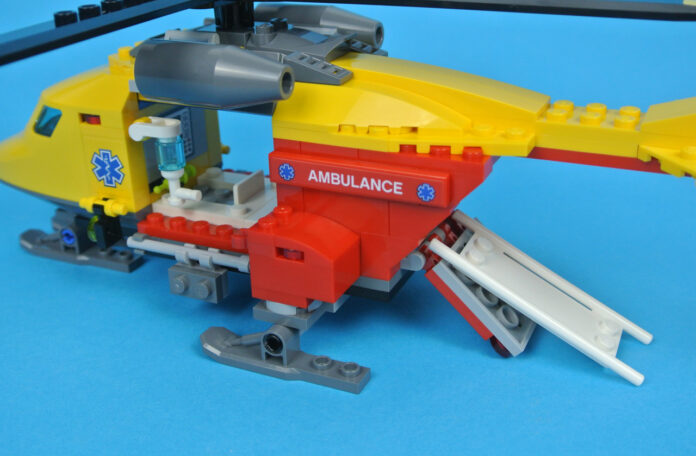Air ambulances are indispensable in the healthcare landscape, particularly for their ability to offer rapid transport during medical emergencies. They bridge vast distances and bypass challenging geographical obstacles, delivering critical care swiftly to both urban centers and remote locations. This capability is essential for situations requiring immediate intervention or when patients are located in hard-to-reach areas.
Air Ambulance Services can be a Moving ICU
These airborne medical units are not just about speed; they are equipped with state-of-the-art medical facilities. This allows for a controlled environment where patients receive high-level care during transit. Advanced medical equipment onboard can support life-saving interventions and ensure that patients are stabilized before reaching a healthcare facility.
Access to Remote Areas
Rugged terrains can complicate access to healthcare, particularly in isolated regions or during natural disasters. Air ambulances play a pivotal role in overcoming these challenges, ensuring timely transport to specialized hospitals or trauma centers, which is crucial for effective treatment and recovery.
Specialized Care and Emergency Response
In critical situations, air ambulances facilitate the transfer of patients needing specialized care, which might not be available at local facilities. Additionally, during emergencies such as natural disasters or mass casualty incidents, they provide crucial support by evacuating patients and delivering immediate medical aid.
Vital for Organ Transplants and Medical Tourism
The efficiency of air ambulances is also vital in organ transplantation, where timely delivery of organs can significantly impact the success of surgeries. Furthermore, for international patients traveling as part of medical tourism, these services ensure smooth and efficient transport, enhancing their overall experience.
Support During Public Health Crises
In times of public health emergencies, such as pandemics, air ambulances are essential for the rapid transportation of medical supplies, vaccines, and personnel. Their role extends beyond patient care, supporting broader public health efforts and improving overall healthcare outcomes.


